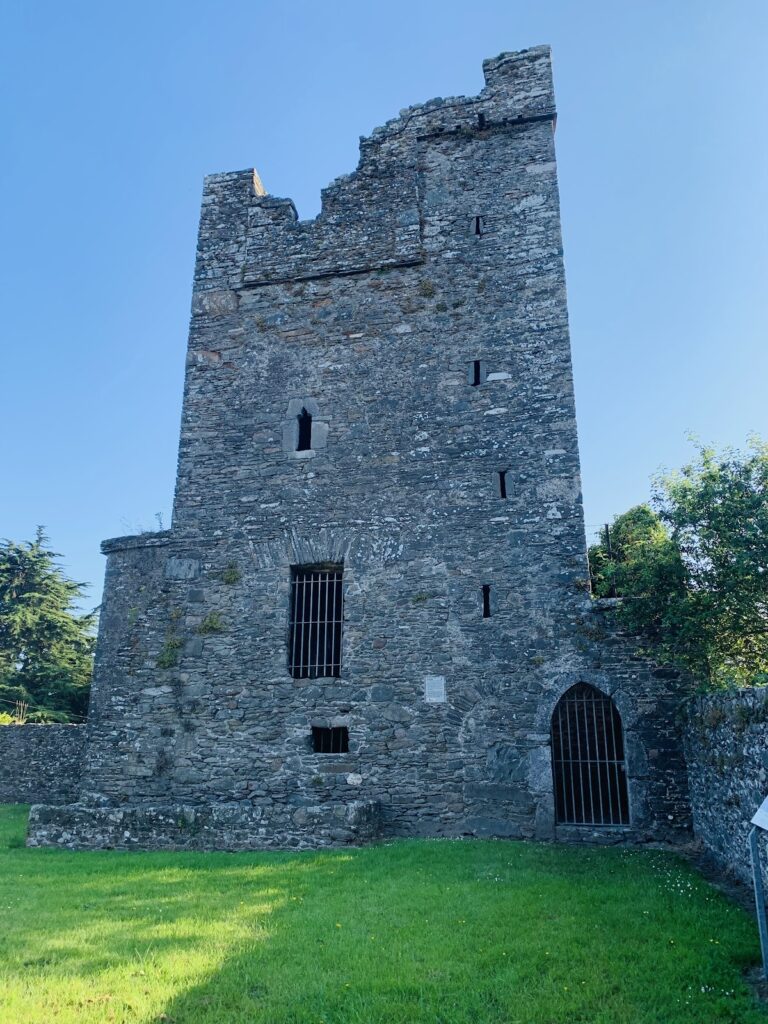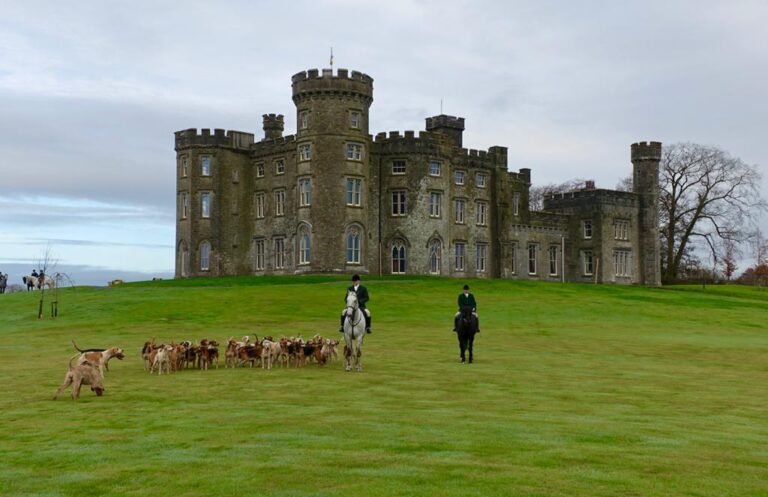Dún Dealgan Motte: A Historic Gaelic and Norman Site in Ireland
Visitor Information
Google Rating: 4.5
Popularity: Low
Google Maps: View on Google Maps
Official Website: dundalktown.ie
Country: Ireland
Civilization: Unclassified
Remains: Military
History
Dún Dealgan Motte is situated northwest of Dundalk in Ireland and occupies a strategic ridge overlooking the Castletown River. The site has a rich history that spans from ancient Gaelic times through the medieval Norman period and into more recent centuries.
The earliest known phase of the site dates back to ancient Gaelic Ireland, when it was the location of a dún, a type of fortification. Local tradition and early medieval Irish literature connect this fort with the legendary warrior Cú Chulainn, who is said to have been born and based here according to the epic Táin Bó Cúailgne. Historical records such as the Annals of the Four Masters mention a battle taking place at this location around the year 500 AD. The name originally used was “Dealga,” and the addition of the term “dún,” meaning fort, only appears in records after 1002, perhaps signaling the building or recognition of a more formal fortified structure around that time.
During the period following the Norman invasion of Ireland in the late 12th century, the site became an important military installation. A motte-and-bailey castle was constructed atop the existing hill, likely by Bertram III de Verdun between 1135 and 1192. This form of castle consisted of a large earthen mound (the motte) topped with a wooden tower and surrounded by a courtyard (the bailey) to the southeast. In 1210, Hugh de Lacy, the first Earl of Ulster, held the motte as a stronghold but abandoned it during a pursuit by King John further north. The site also witnessed military action during the Battle of Faughart in 1318, which marked the end of the campaign of Edward Bruce in Ireland.
In the late 18th century, the landscape around the motte saw further transformation when Patrick Byrne, a local landowner reputed to be a smuggler, began constructing a Gothic-style house on the summit. This castellated building was damaged during the 1798 Rebellion, leaving only a tower, popularly known as “Byrne’s Folly.” The house was later rebuilt in 1850 by Thomas Vesey Dawson as a country retreat, though it eventually fell into neglect. The County Louth Archaeological and Historical Society acquired the property for use as a museum, but it suffered further harm during the Irish revolutionary period between 1919 and 1923, when armed men deliberately set the building on fire.
Remains
The site is dominated by a large motte, an artificial earthen mound roughly 68 meters in diameter at its base and rising about 10 meters tall. The flat top of the motte once supported a wooden palisade and tower typical of Norman motte-and-bailey castles, giving occupants commanding views across the Castletown River and the northern approach from Ulster. Around the motte, a ditch or moat provided defensive protection, reinforcing its role as a military stronghold. To the southeast, the bailey—an enclosed courtyard area—served as an additional defensive and domestic space attached to the motte, although details of its exact remains are less well-defined.
Beneath the surface of the hill is a distinctive Z-shaped souterrain, an underground passage approximately 17 meters long, dug during the Gaelic period. Such souterrains were often used as places of refuge or storage, suggesting active Gaelic occupation predating the Norman fortifications. The passage remains in situ and exemplifies early subterranean architecture characteristic of Ireland’s native inhabitants.
On the motte’s summit, the late 18th-century Gothic residence introduced a new architectural layer. This castellated house was mostly destroyed during the 1798 Rebellion, with only a single tower surviving. This remnant, known locally as “Byrne’s Folly,” stands as a ruinous monument to that turbulent era. Subsequent rebuilding in the mid-19th century resulted in a country retreat, but the later house fell into disrepair and was further damaged during early 20th-century conflicts.
Nearby fields contain a Bronze Age standing stone, adding a prehistoric dimension to the site’s long history. The overall preservation of Dún Dealgan includes the substantial earthwork motte, the remaining folly tower, and the Gaelic souterrain, each reflecting different stages of occupation and use across more than a millennium.










